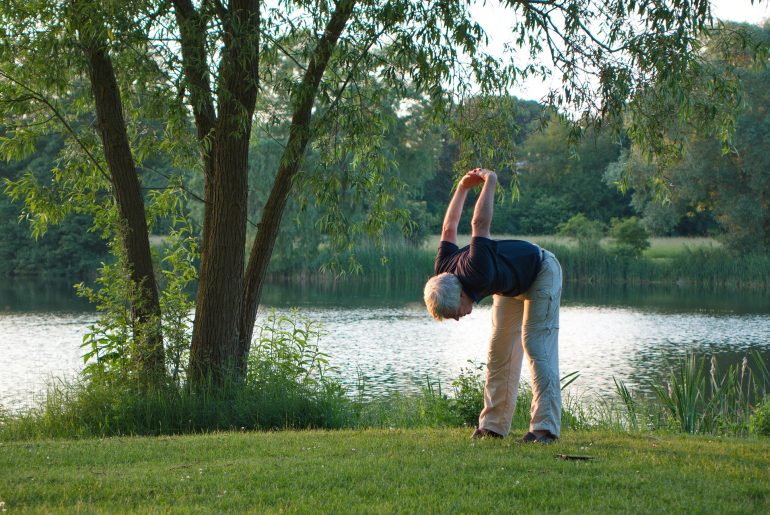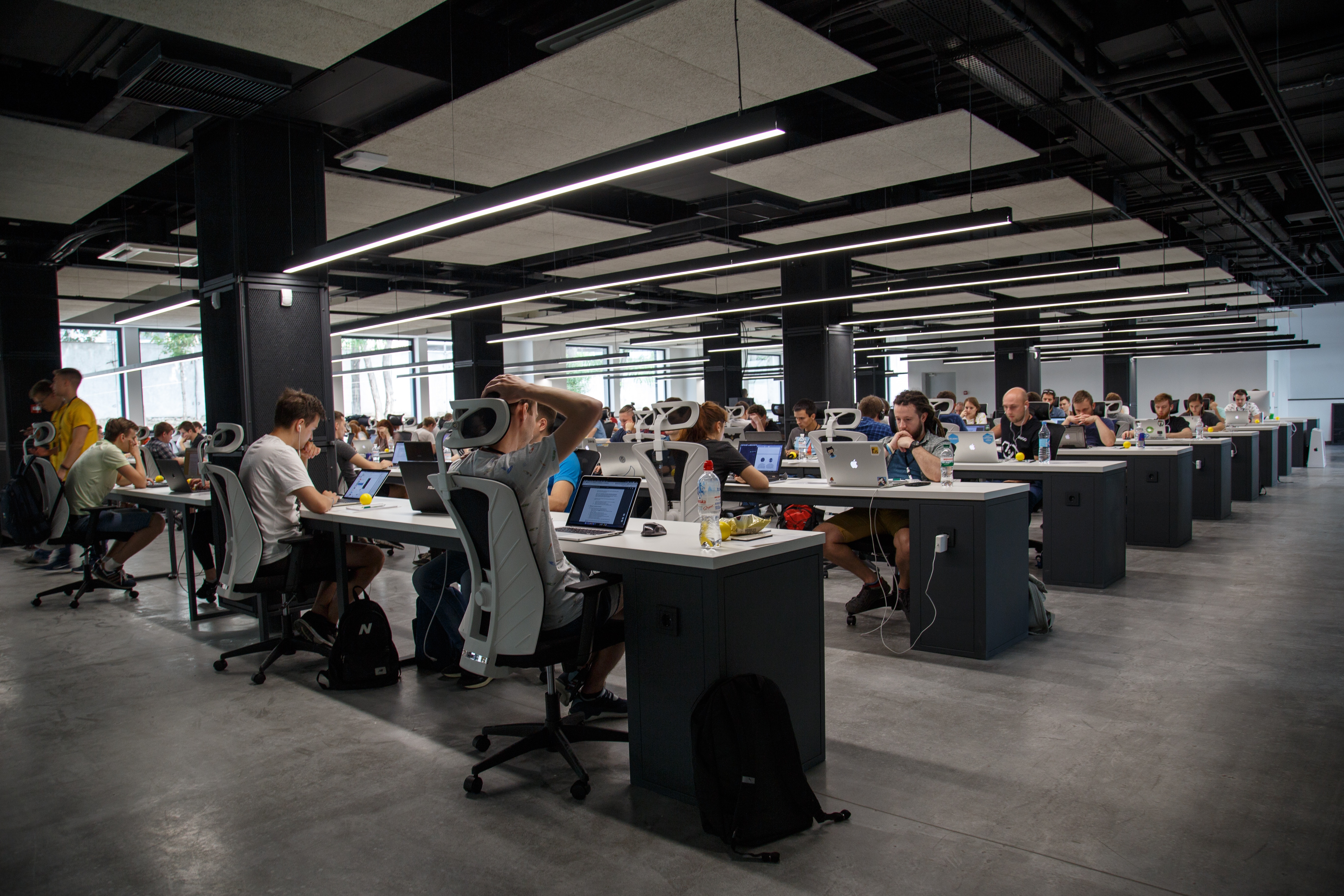Guidelines recommend regular breaks from prolonged sitting, and at team BeUpstanding, we encourage breaks at least every 30 minutes. Here are some activities that you can do at your desk to help combat some of the impacts of prolonged sitting. Individuals who sit for a prolonged amount of time tend to have rounded shoulders, tight neck muscles, and have back pain and this is known as upper-crossed syndrome. Balciuniene et al. discuss that there is an imbalance with your upper body muscles like your upper trapezius, levator scapula, and pectoralis major and minor, since these dorsal and ventral muscles cross, which create a pattern of joint dysfunction leading to spinal stress and poor posture. These features of having a forward head posture and thoracic kyphosis, excessive upper back curvature, to name a few, leads to poor shoulder stability and mobility, especially at the glenohumoral joint in your shoulder. This causes an overactivation of some muscles like your levator scapulae and upper trapezius to try to maintain body alignment. Kim et al. (2016) determined that postural pain syndrome can be a result from upper-crossed syndrome and poor posture due to prolonged sitting. Lee et al. (2017) discussed that incorporating exercises using…
![]()


